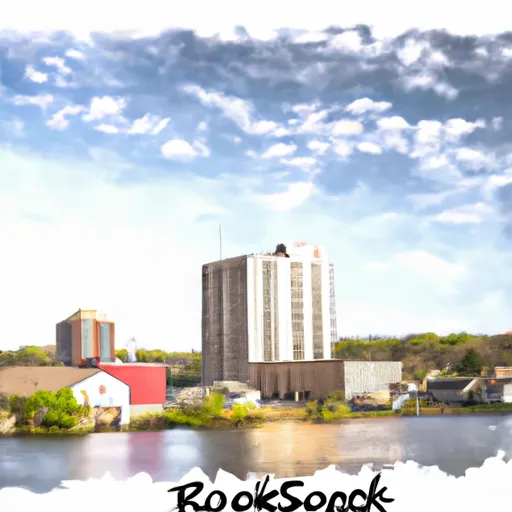°F
°F
mph
Windspeed
%
Humidity











Rockland, Wisconsin, located in La Crosse County, offers a picturesque and serene environment for outdoor enthusiasts. The region experiences a humid continental climate, characterized by warm summers and cold winters. Average temperatures range from 24°F (-4°C) in winter to 80°F (27°C) in summer, providing diverse recreational opportunities throughout the year.
The area boasts an abundance of natural beauty, including the scenic Rockland Pond, a popular spot for fishing and boating. The hydrology constituents of Rockland are dominated by the La Crosse River, which flows through the town, offering opportunities for kayaking, canoeing, and tubing. Fishing enthusiasts can find an array of fish species, including trout, bass, and panfish, making it a haven for anglers.
Outdoor recreation opportunities in Rockland extend beyond the water. The town is surrounded by lush forests and rolling hills, providing ample space for hiking, biking, and camping. Visitors can explore the many trails in the area, such as the Great River State Trail or the La Crosse River State Trail, which traverse through picturesque landscapes.
In summary, Rockland, Wisconsin offers a pleasant climate, diverse hydrology constituents, and a vast array of outdoor recreation opportunities, making it an ideal destination for nature lovers and adventure seekers alike.
Weather Forecast
Rockland receives approximately 873mm of rain per year, with humidity levels near 82% and air temperatures averaging around 8°C. Rockland has a plant hardyness factor of 4, meaning plants and agriculture in this region thrive during a short period during spring and early summer. Most plants will die off during the colder winter months.
Regional Streamflow Levels
577
Cubic Feet Per Second
10
Cubic Feet Per Second
181
Cubic Feet Per Second
586
Cubic Feet Per Second
Nearby Camping
| Camping Area | Reservations | Toilets | Showers |
|---|---|---|---|
| North Rec Composite | |||
| Lake Charlie Capps | |||
| Grand Gulf Military Park | |||
| Little Sunflower River | |||
| Leroy Percy State Park | |||
| South Recreation Composite |



